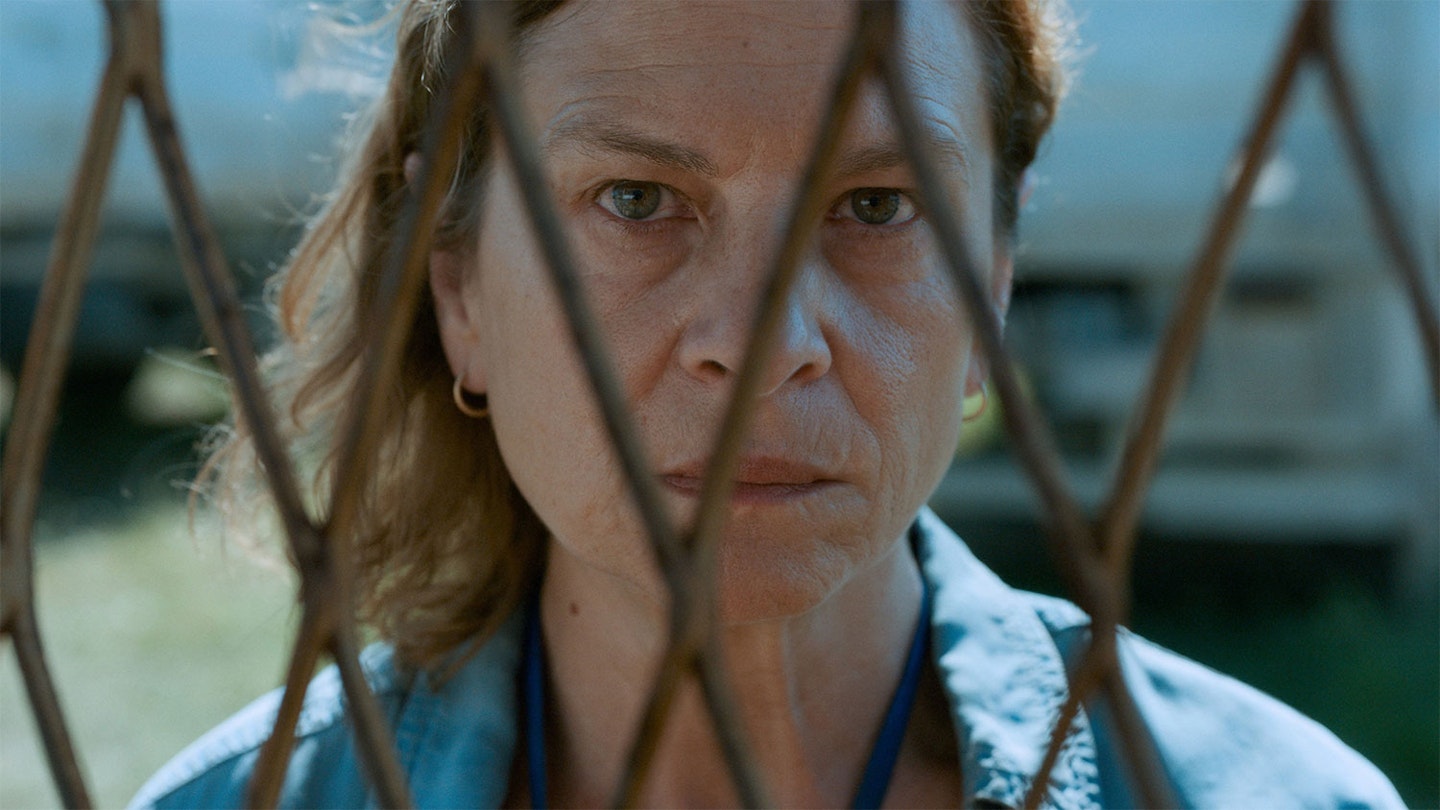Having explored the agonies of Sarajevan women struggling to cope after being raped during the Bosnian war in Esma's Secret, writer-director Jasmila Zbanic turns to the Srebrenica genocide in this gut-punch reconstruction, which refuses to allow the 8,372 civilians massacred by the Bosnian Serb army in July 1995 to become mere statistics. In exposing the crimes of General Ratko Mladic, however, Zbanic also highlights the role played by the hapless Dutch peacekeeping force that was all but abandoned by both its UN superiors and the diffident world powers who had allowed a fragmenting Yugoslavia to descend into a series of bloody civil wars.
Despite the shocking nature of the deteriorating situation, Zbanic avoids resorting to mawkish melodramatics
By focusing on teacher-turned-translator Aida (Jasna Djuricic), Zbanic is able to humanise the atrocity by showing how she is forced to make choices that impact upon her neighbours in order to protect the lives of her husband and adult sons. The resourceful tenacity shown by Aida contrasts with the jobsworthy impotence of the Dutch commanders and the ruthless, self-mythologising cynicism of Boris Isakovic's Mladic, who poses as a fair-minded liberator who offers bread and sweets to those sheltering in the safe zone before implementing his pitiless policy of ethnic cleansing. Yet, despite the shocking nature of the deteriorating situation, Zbanic avoids resorting to mawkish melodramatics and uses shrewdly observed details to remind the audience that the majority of the victims are ordinary men and boys.
To some extent, the picture's impact depends upon Zbanic conveying the scale of the calamity, which is chillingly achieved by the shot of thousands of helpless refugees waiting for their fate to be decided miles away by faceless, unconcerned cowards. But the restless immediacy of Christine Maier's camerawork enables her to linger on the human elements of a history-shaping event, whose escalating sense of inevitability is unflinchingly captured by Jaroslaw Kaminski's pacily precise editing.
